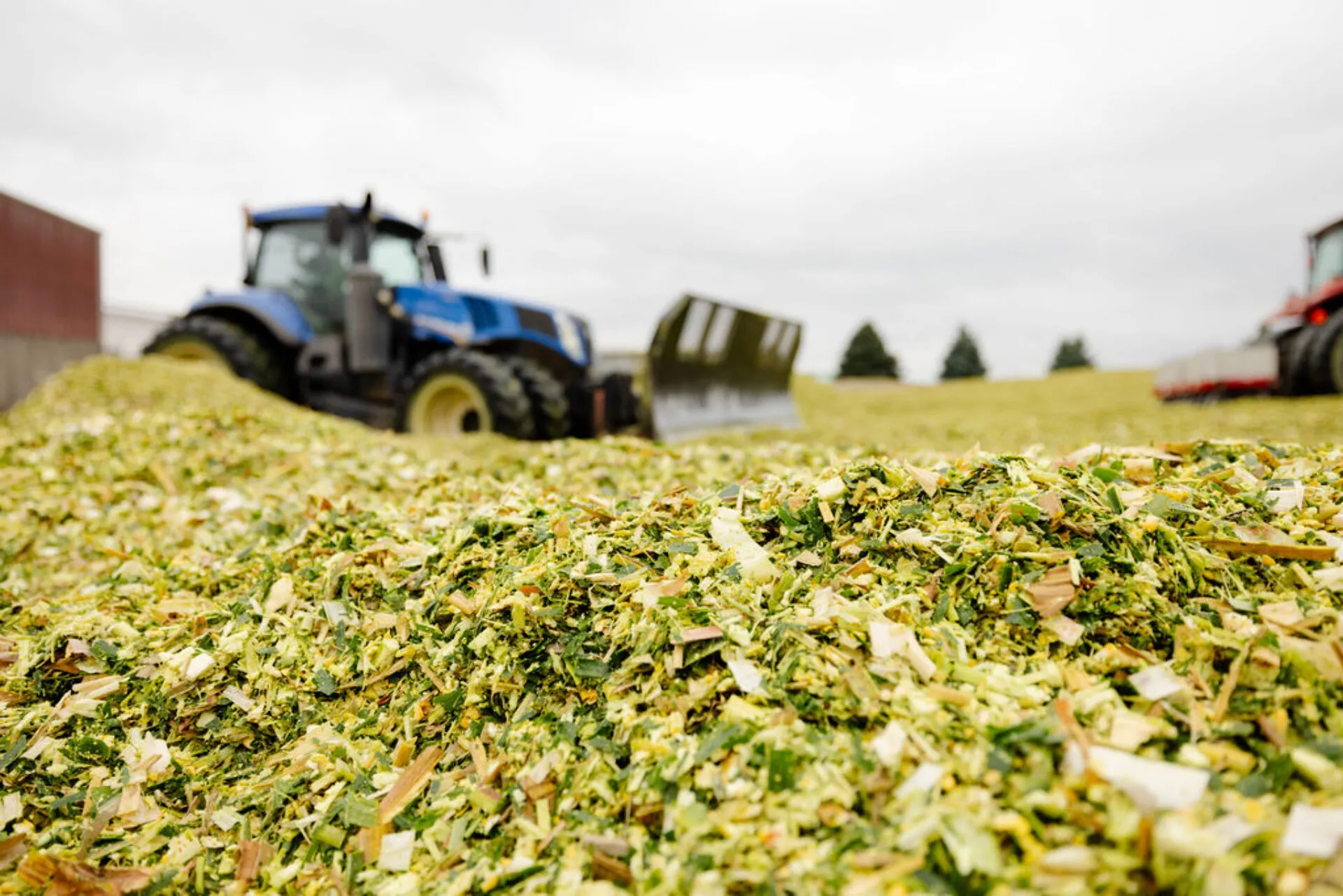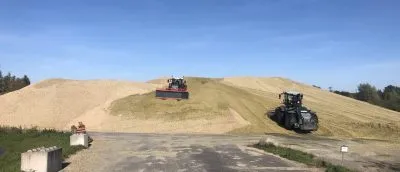We talk quite a bit about cover crops here, but that’s only because cover crops are so darn important. They protect the soil from the dangers of the offseason, but they do so much more. Here are a few examples of research that show how cover crops can make your silage quality and yields better.
Cover Crops with Corn Silage
Corn silage is great for cows but can be not-so-great for your fields. Soil compaction is a common issue, which means greater danger of post-harvest erosion and soil bereft of nutrients left by organic matter.
However, a study by the University of Nebraska shows conclusive evidence that certain cover crops can mitigate some of the effects of corn silage. Planting an oat cover crop after corn harvest yielded some interesting results.
While the oat cover crop didn’t help much with soil compaction issues, it did increase the microbial biomass content of the soil and helped with erosion simply by keeping the field covered for a longer time. Nebraska’s study only planted the oat cover crop every other year and it was winterkilled in addition, leading the researchers to believe that cover crops that overwinter will have more benefit by creating healthier soil. And healthier soil generally leads to a better crop.
Do Winter Cover Crops Impact Yields?
A 2018 study by the University of Vermont Extension showed more conclusive results, with positive impacts on forage yields. Planting a variety of cover crops (cereal rye, annual ryegrass, triticale, rya and radish mix and a mix of ryegrass, clover and radish) with several techniques (drill, broadcast, till and no-till), the study showed that significant yield increases can be had due to cover crops -but- can be very case specific.
For instance, planting cereal rye after corn silage harvest, drilled and plowed down showed a one-to-two-ton yield increase in the subsequent corn harvest. Researchers pointed out that for the cereal rye to be most impactful, timing was critical and corn harvest must be completed early so that it has time to establish itself.
Other results from the Vermont study varied in effectiveness on subsequent yields, but all scenarios produced positive net returns after all costs and environmental factors were considered. You can read the entire study here.
Your Mileage May Vary
Yes, cover crops inevitably can impact your primary yield and silage quality in a positive manner, although the connection isn’t as direct as “plant cover crops and get better silage.” The benefits are typically more about soil health and how that is good for your corn silage or its equivalent. Better, nutrient-rich soil grows better plants far more easily than compact, barren soil.
One more time, here are just some of the benefits of planting cover crops:
- Nutrient recycling in the soil
- Protection against erosion
- Protection against nitrogen leaching
- More organic matter left in the soil, meaning more nutrients for your primary crop
- Lower fertilizer costs
- Weed suppression
- More forage for your animals
- Reduction in fertilizer costs
- Moderated soil temperature
- Suppression of weeds
- Increased crop yields
If you have any questions about cover crops, our silage experts are waiting to help. Click here to schedule a conversation.



